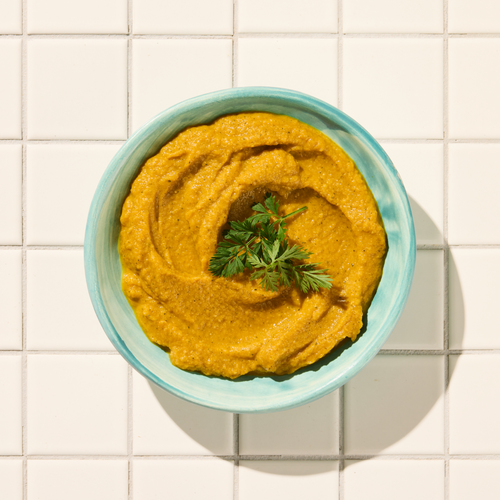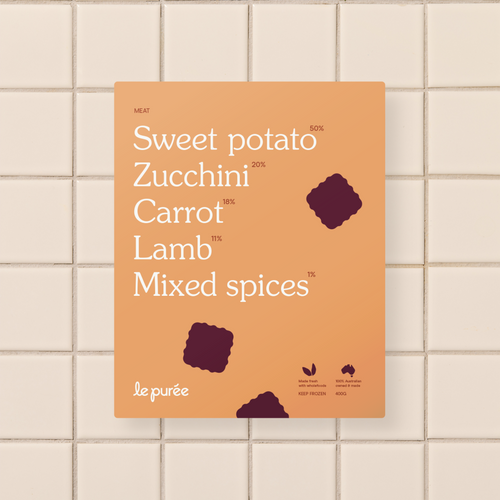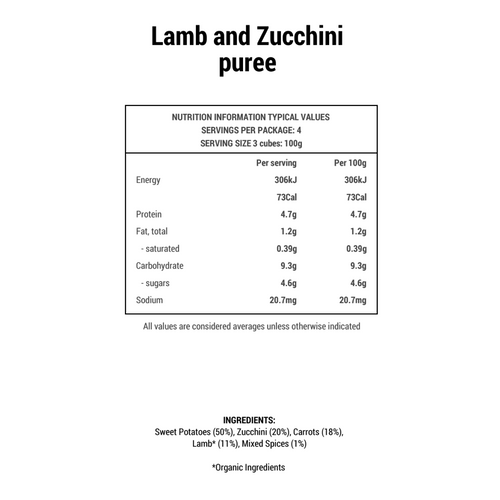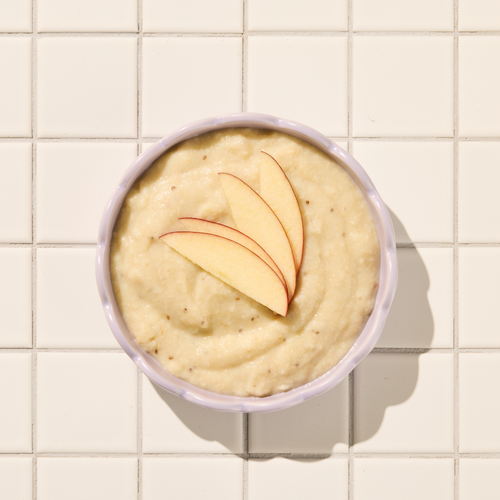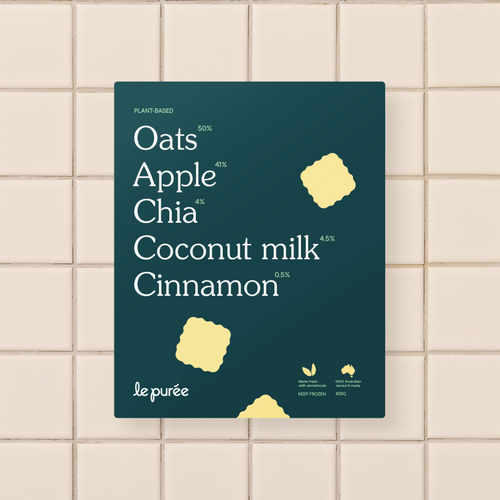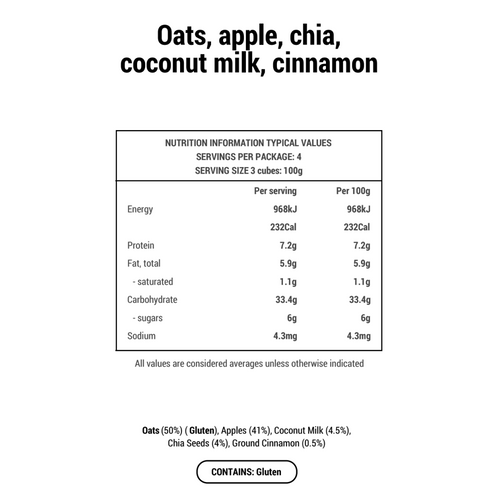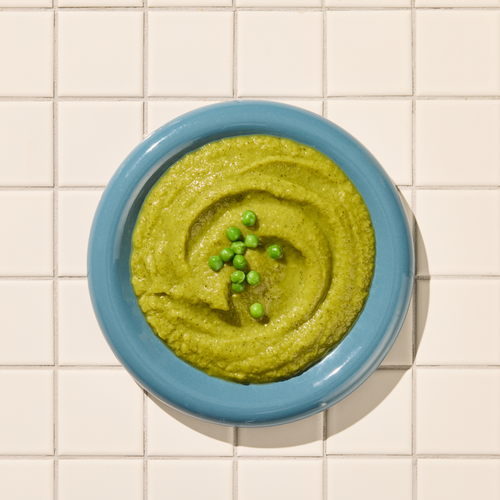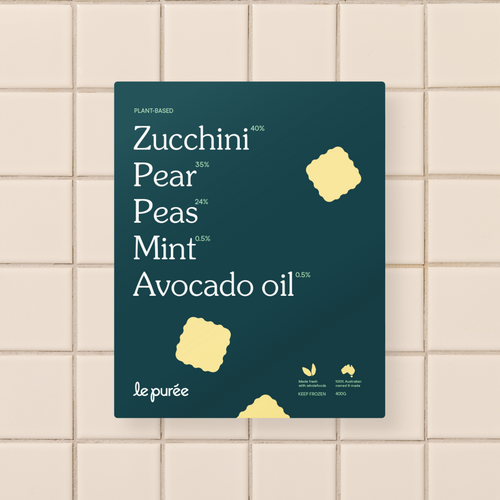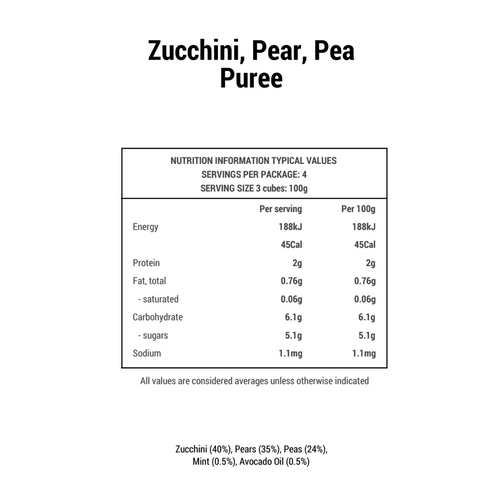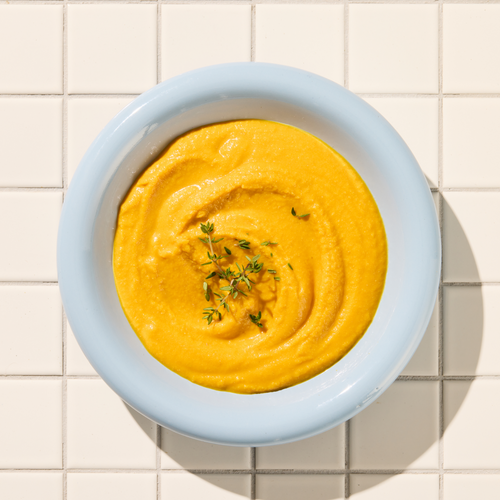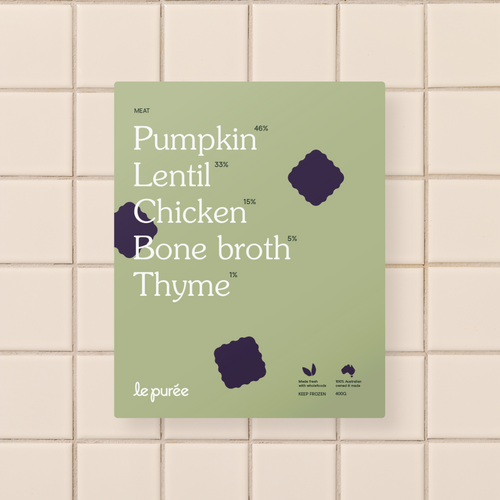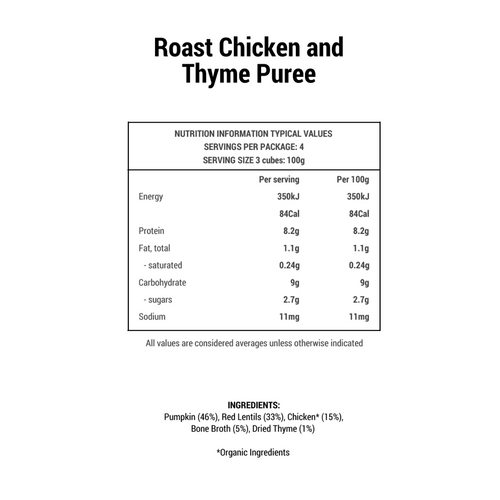Let’s be real- when you’re shopping for baby food, you don’t expect to see a chemistry lab in there! Plus, you’re likely tired and in a rush… so digest this info now, and save yourself hours later!
Preservatives aren’t always the absolute worst thing in packaged food, but not all preservatives are made equal… so let’s dive in to see which preservatives and colours are positive, health neutral or ones best to simply steer clear of!
Good Choices
Citric acid (330)
Citric acid is a natural compound found in citrus fruits (lemons, oranges) and commonly used to preserve freshness. Baby food always has the intention of being fresh and healthy- so citric acid is used to preserve the flavour, colour, and shelf life of foods by slowing oxidation (aka browning).
The good news? It is generally considered safe for babies and is widely approved by Food Standards Australia New Zealand (FSANZ). It’s also naturally occurring in many fruits your baby might already be eating.
If you see this on a label, don’t run away. It’s a safe way to extend freshness without artificial chemicals.
Ascorbic acid (300)
Also known as vitamin C, ascorbic acid is a natural antioxidant. It prevents food from browning and boosts the nutrient profile by adding vitamin C (can be especially useful when paired with plant based sources of iron, such as fortified cereals).
This preservative is not only harmless but also beneficial, as vitamin C supports your baby’s immune system! It might be in the shelf stable items containing fruit, and it’s perfectly safe in there.
Best To Skip
Sulfites (220–228)
Sulfites are chemical compounds used to prevent bacterial growth within food that might otherwise spoil soon and to preserve colour. They’re usually found in dried fruits (like apricots with that bright orange hue) and some savoury snacks to maintain their appearance and extend shelf life.
Let’s skip this one, where possible. Babies and sulfites aren’t a great match- as it can often trigger allergic reactions or irritate sensitive tummies. This is why you’ll often see it listed with the allergens on a label. It is legally required to list sulfites on a label when present in high doses.
What to look for on labels:
Sulphur dioxide (220), Sodium sulphite (221), Sodium bisulphite (222), Sodium metabisulphite (223), Potassium metabisulphite (224), Potassium sulphite (225), Potassium bisulphite (228).
Found in:
Dried fruits, fruit juice, soft drinks, cordials, deli meats, sausages, hamburger patties and rissoles.
Tip:
-
Home making some of these meat products with ingredients you can trust (or outsourcing it to a whole-foods baby company!) might be your best bet.
-
Opting for sulfite free dried fruit, and swap all cordials / juices / soft drinks for water (or occasionally a freshly squeezed juice or fruit and milk based smoothie!)
Benzoates (210–213):
Benzoates are synthetic preservatives used to prevent microbial growth in acidic foods. Often added to juices, sauces, condiments and snack foods to extend shelf life.
Benzoates can have a negative reaction in lots of individuals, and excessive intake of these could be impacting long term health outcomes that we can’t see the immediate responses of. They can cause adverse reactions in sensitive individuals, including tummy discomfort or skin irritation.
Found in:
Oils, ‘diet’ or low joule james & spreads, fruit and veggie juices (shelf stable), mayonnaise, salad dressings, diary desserts- sweetened yoghurts and ice creams and cordials.
What to look for:
Benzoic acid (210), Sodium benzoate (211) and Potassium benzoate (213).
Tips:
-
Avoid soft drinks, cordials and juices which contain preservatives- especially for bubs.Offer water, smoothies or freshly squeezed juices occasionally.
-
Opt for Le Puree’s 7 veggie sauce, and use it for everything! No preservatives- just 7 roasted and blitzed veggies. This can go with pizza, pasta or meatballs. Having incredible base ingredients in the freezer makes for healthier decisions in the supermarket aisle!
-
Same goes for our Berry Chia Jam- just pure goodness, no preservatives. Have this gem in your freezer to avoid shelf stable jams and spreads!
Sorbates (200–203):
Sorbic acid, calcium, sodium and potassium sorbates (preservatives derived from sorbic acid, a naturally occurring compound found in some fruits.
Sorbates are highly effective at preventing the growth of mould, yeast, and some bacteria, making them common in fruit-based and dairy products. Generally regarded as safe by FSANZ, sorbates are well-tolerated in small amounts. However, they can occasionally cause mild reactions, such as skin irritation, in sensitive individuals. For babies, their immature digestive systems might be better off without frequent exposure.
What to look for on packages:
Sorbic acid (200), Sodium sorbate (201), Potassium sorbate (202), Calcium sorbate (203)
Where you’ll find them:
Sorbates are commonly used in yogurts, processed cheeses, ice creams, ‘diet’ jams and spreads, sugar and confectionery, dried meats and some fruit snacks.
Tip:
-
Opt for flavour-free dairy items (like yoghurt)- rather offering Greek yoghurt and additive-free options!
-
Keep a stash of Le Puree’s Berry Chia Jam in the freezer as your spread of choice
-
Keep dried meats and processed fruit snacks to a minimum. These are sometimes in our children’s diets regardless of how hard we try- but if you can opt for fresh, unprocessed- most of the time, you’ll be keeping them as safe as possible!
Nitrates and Nitrites:
Preserved and deli meats tend to be laced with nitrates and nitrites- and they not only preserve food, but also add to the colour and prevention of bacterial growth in smoked and deli meats. These preservatives have been shown to have a harmful effect when consumed in regular and large doses. Long term consumption of this has been linked with bowel and stomach cancers- so best to avoid our babies developing a taste for them early on, to avoid large and regular consumption later!
What to look for on the label:
Potassium Nitrate (249), Sodium Nitrite (250), Potassium Nitrate (252).
Where you’ll find them:
Sausages, frankfurters, ham, bacon, salami, sliced deli turkey, chicken, roast beef.
Tips:
Fresh is best! Use herbs, spices and rubs to maximise flavour with meat products. Lean on frozen goods like Le Puree meatballs and bolognese as needed- but avoid these sliced and preserved meats being a large part of your baby's diet. Their longevity will thank you later!!
Okay, if you’ve made it this far- we only have one category to go!
Artificial Colours in Food
Synthetic dyes are added to enhance the appearance of food. These are sometimes used in snacks and drinks marketed for toddlers. Common examples include tartrazine (102), sunset yellow (110), and allura red (129). They make products visually appealing, but can be a very poor addition to your bay’s perfectly curated diet. They’ve been linked with hyperactivity and allergic reactions- especially in children. MOre research is being done to see f there are links with ADHD, but what we do know- is that they’re not required in anybody’s diet, so let’s avoid them where possible!
Watch out for:
Tartrazine (102), sunset yellow (110), and allura red (129)
The good news? These options below are better options when it comes to artificial colouring!
Lots of natural food colourings have been developed for children’s food products- and can be linked back to fruits or veggies, so are a much better option! Look for:
-
Beetroot Red (162): Extracted from beetroot, this gives a red to pink hue and is safe for babies.
-
Carotenoids (160a–160f): Derived from carrots, pumpkins, or other plants, these add orange and yellow tones. Beta-carotene (160a) also boosts vitamin A intake.
-
Chlorophyll (140–141): A green pigment sourced from plants like spinach.
-
Curcumin (100): Found in turmeric, this provides a warm yellow color.
-
Anthocyanins (163): Extracted from berries and grapes, they provide purple to blue hues.
-
Paprika Extracts (160c): A red-orange pigment from paprika peppers, sometimes used in snacks or sauces.
That’s a LOT of info to digest, so we’ll keep talking about this crucial topic- but we hope this is just another tool in your toolbox to being the best parent ever!
Let’s eat clean, unprocessed foods together.
Hint: They’re usually not in the aisles- but in the perimeter of the supermarkets (think fruit, veg, freezers!)



